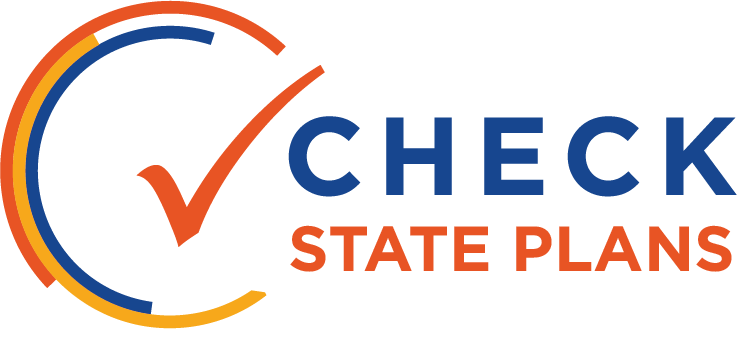Score:

D.C.’s plan assigns substantial weight to both academic achievement and growth.
At the elementary level, for example, 30 percent of a school’s rating would be based on achievement, and 40 percent would be based on growth.
D.C. also attempts to balance different types of incentives.
For achievement, D.C. includes separate weighting for the percentage of students who are approaching and meeting grade-level standards in math and English. And it includes both a norm-referenced growth model, which compares students to similarly performing peers, and a criterion-referenced measure, which will measure what percentage of students met their pre-determined growth targets.
While these different measures combine to create a broad spectrum of incentives for schools, they could also be confusing, and D.C. should make sure to communicate its rationale behind the measures to parents and educators.


